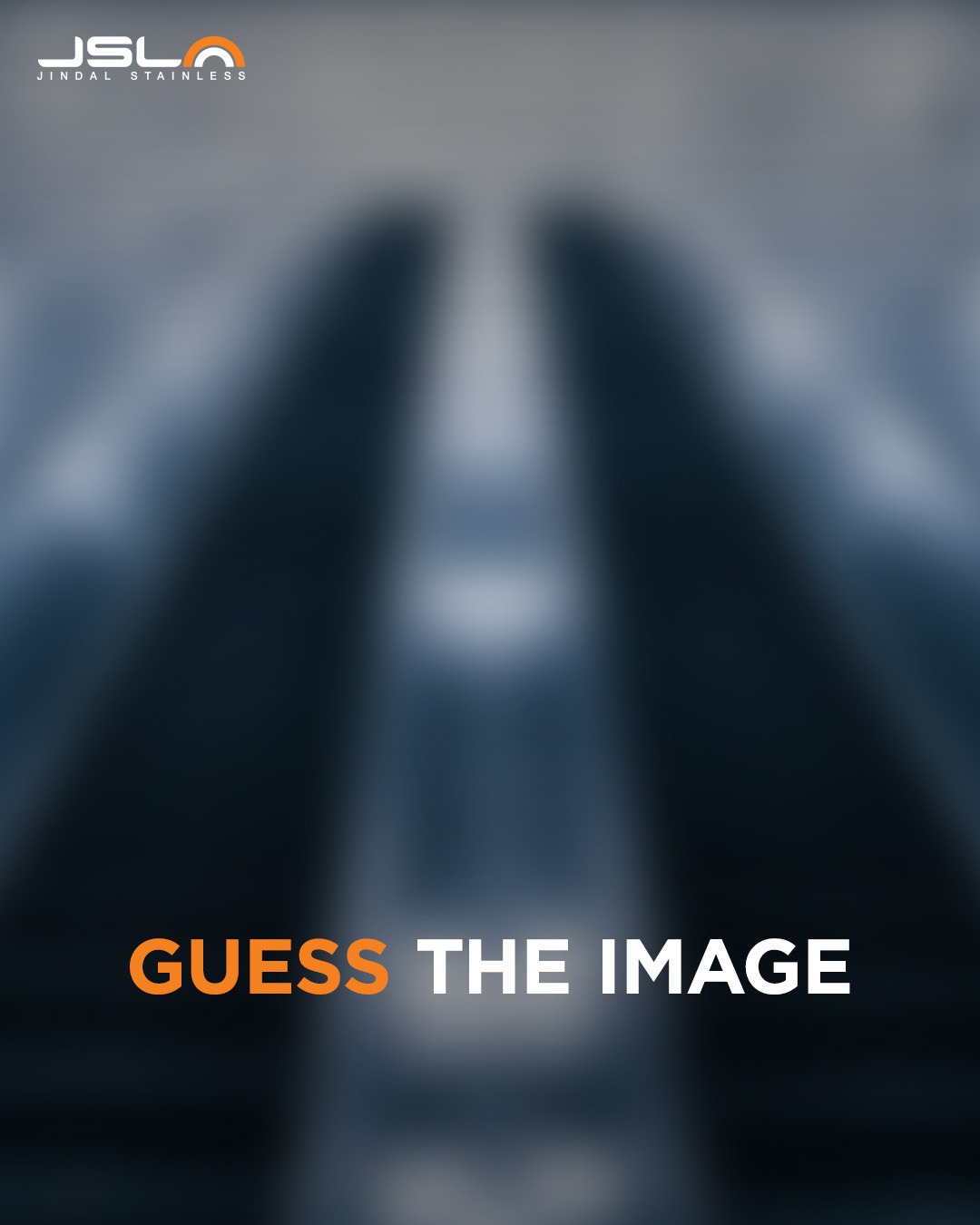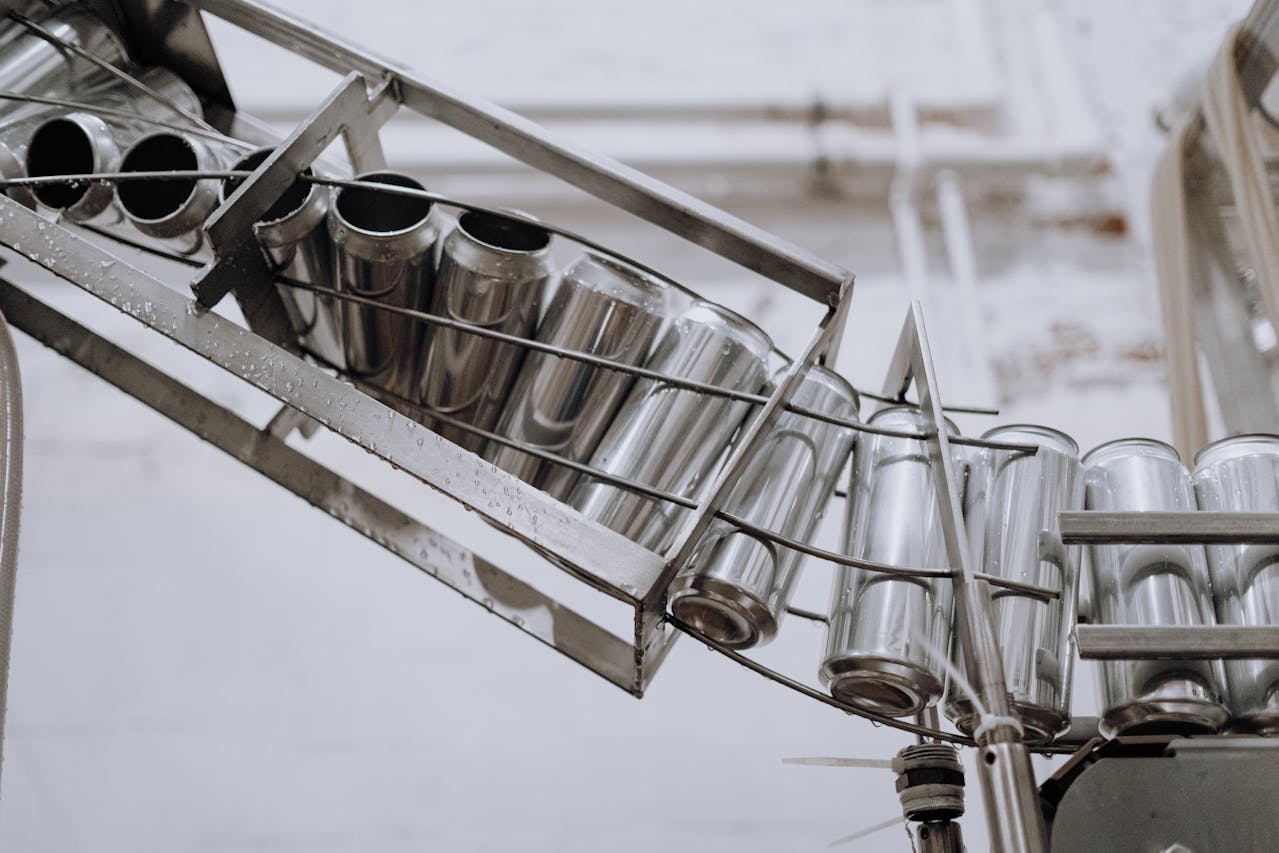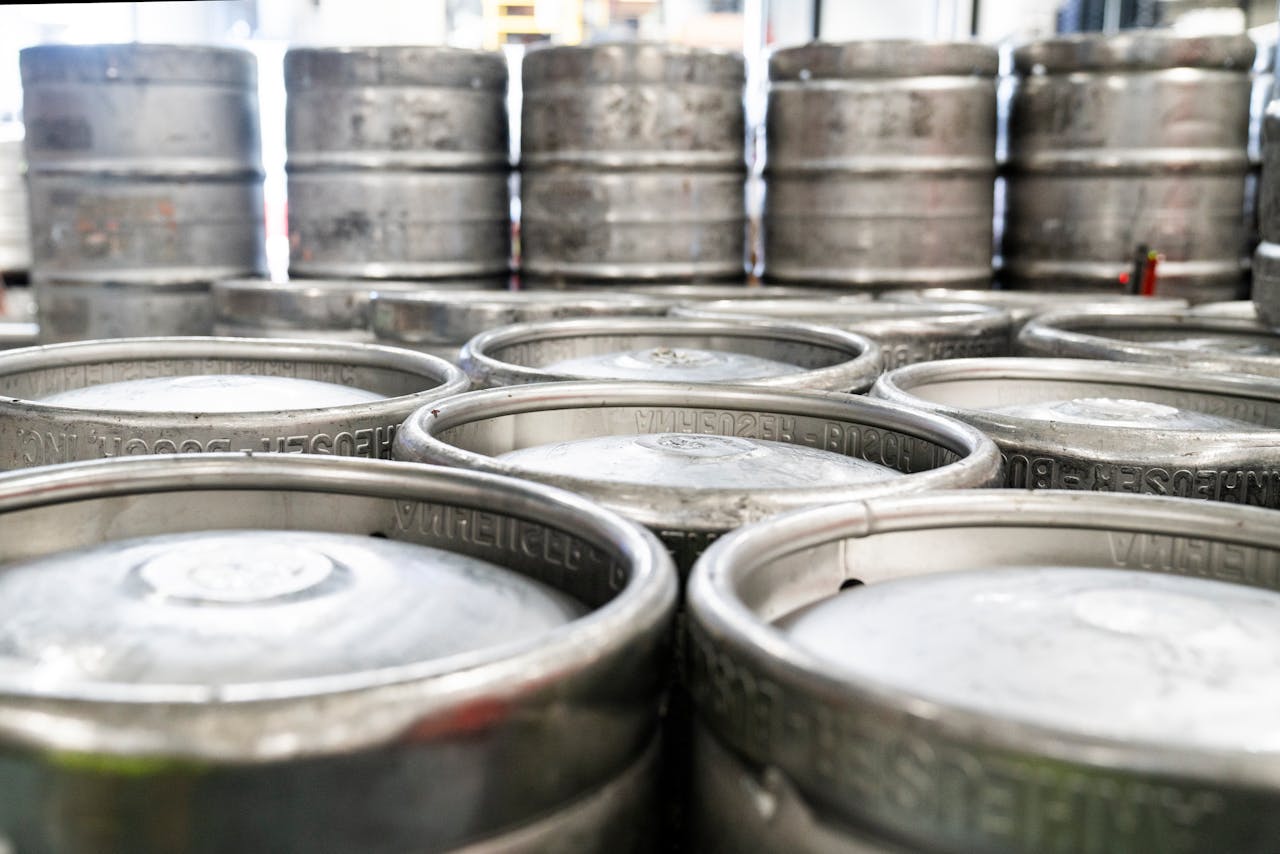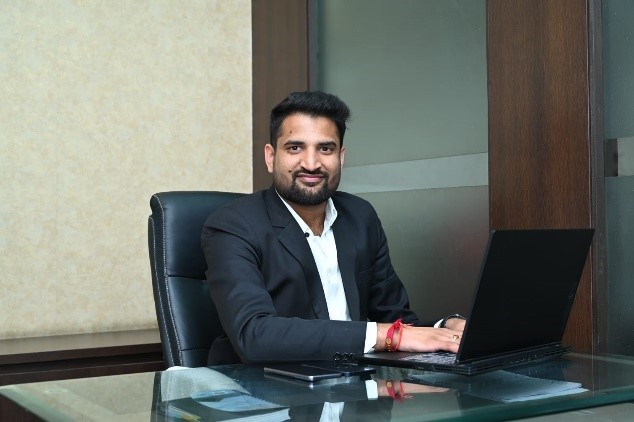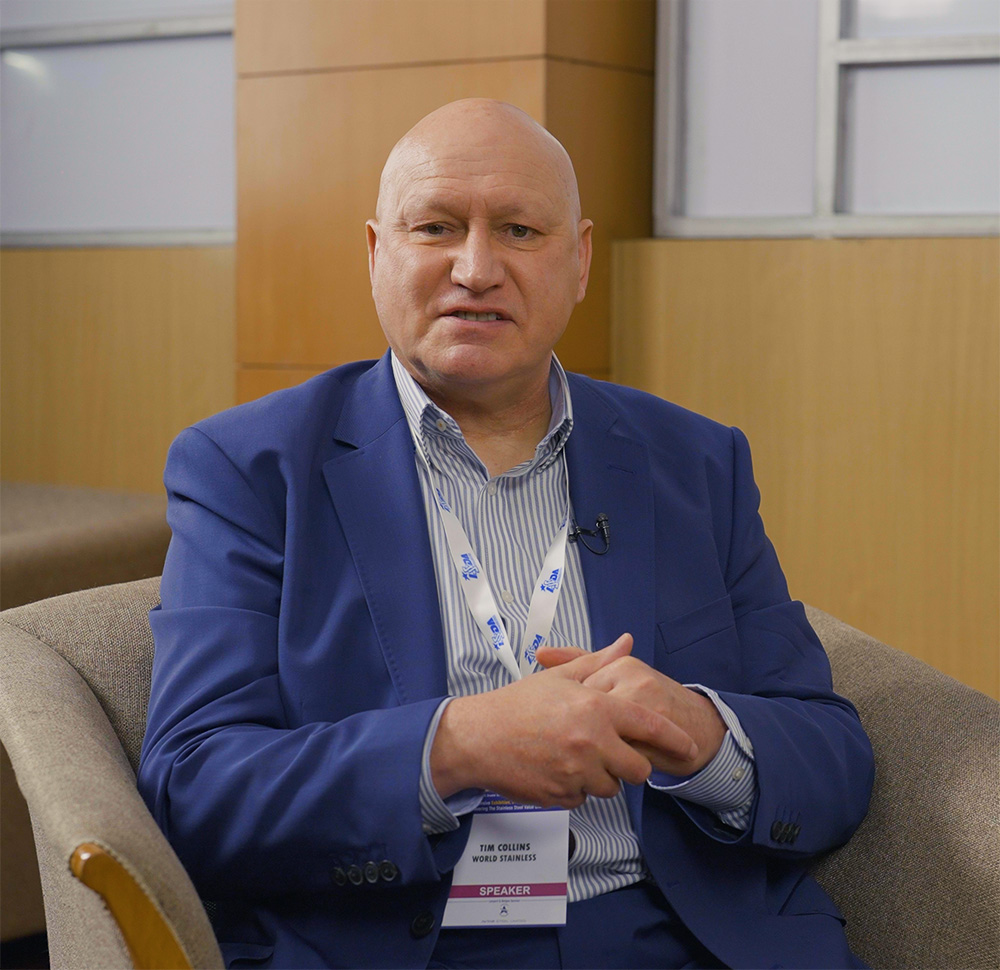Mr Vibhor Sogani
June 27, 2023
Jindal Stainless reaches Studio Sogani for this special edition of the Stainless Post. Let’s meet Mr Vibhor Sogani, the man behind the stainless steel sprouts near the AIIMS flyover that have, over a period of time, grown synonymous with the identity of Delhi. In this candid conversation with Saira Aslam, Corporate Communications, he talks about stainless steel as one of his muses, what drives him as an artist, where he is taking his art next, and a lot more. Let’s know more from the man itself.
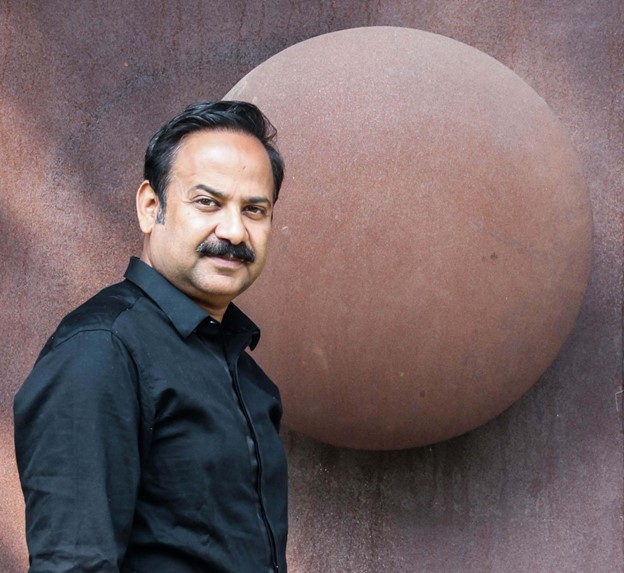
Tell us about your early life and the journey so far.
The childhood was quite regular, I would say. I was born in Jaipur, did my schooling in Jaipur. But of course I did not really enjoy studying per se and I kept looking for some way to get out. And I got to know about NID and that came as a blessing because I got in and then this journey started. I was there after school in NID for over 5 years.
(The) learning didn’t come through books or through education. It was just a process and it was a very casual process. Without realizing we were working, we were absorbing, we were engaging. I think somewhere that kick started this whole process, kick started there at a very subconscious level and we started enjoying and engaging with (the) experimental work with different mediums. Before we knew (it), we were out in the big, bad world.
My first artwork or the series of artworks that I made were in 2007-08. I was asked to develop some artworks, and by the way, the offer came from Jindal Stainless to create a series of artworks for a show, and that is the first time I drifted from design into art.
When you started, something like stainless steel art must have been unheard of? How did those years of your career shape up? What challenges did you face?
(The) initial years were a little awkward in the sense that we were groping in the dark. We were not (the) regular types who would look for a job in an industry or a corporate setup. So we had this idea that we wanted to do this, that and a lot of different things, variety, and that really doesn’t happen.

So therefore, at least I started my own studio. And that, of course, doesn’t come easy because you’ve just stepped out of a college and you are broke and you have to earn plus you’re groping in the dark. It was a lot of fun though, but by and by, I think our journey got more and more interesting because projects started trickling in. The initial projects, which came my way, were very, very varied. After working like that for a few years, I realized that okay, I need to get back to what I really cherish to do what I really enjoy doing.
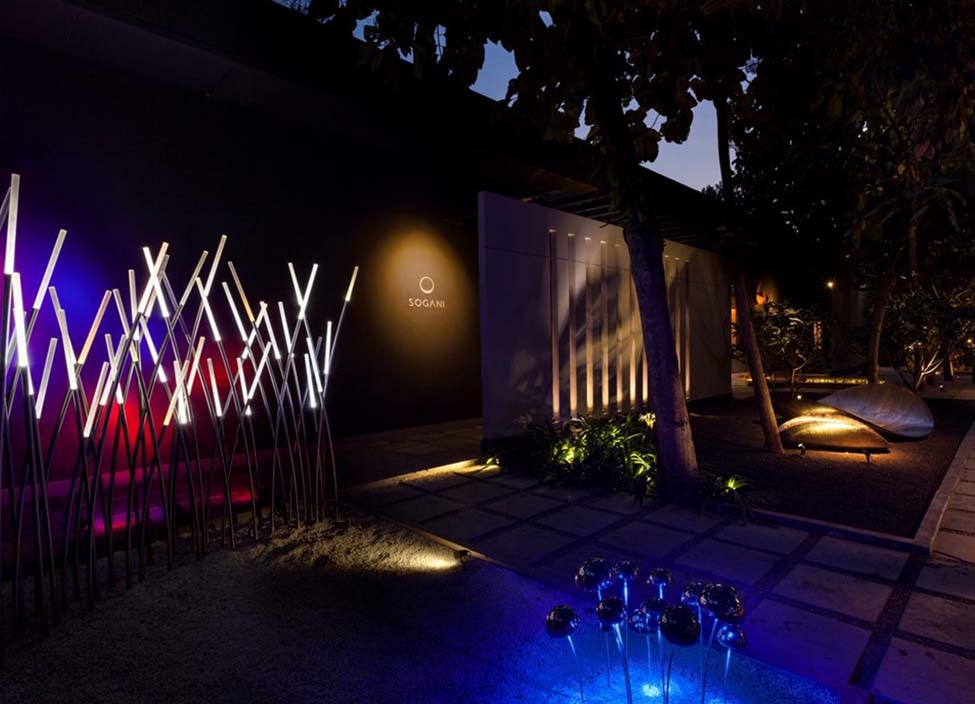
When I got into creations of art in steel, there weren’t that many people in this space, in this category, which was also an advantage for me. While of course, it comes with certain challenges, I had the early mover advantage.

The sprout art installation is one of your most remembered works. How did the project happen in association with Jindal Stainless ?
Sprouts (as the art installation) was very important, and of course, very interesting when it came by. The then chief minister, Smt Sheila Dikshit wanted something different in the AIIMS roundabout. And the brief which I got was — ‘From the Walled city to World city’. That was one of the lines that she said and I picked up.
According to her, when we travel abroad, we see so many exciting things. And we wonder why aren’t we creating something on those lines or something abstract, but with a meaning? So that’s when I showed her sprouts. And this was, again with the Jindal Stainless. I’ve had a very close relationship with Jindal Stainless and it’s been a very fruitful journey.

The story behind sprouts is — that we as a country, we are now taking off, sprouting as a nation. So I showed Mrs Dikshit this model. This is exactly where it all started. And she liked the whole idea behind it, because it had a message, it was abstract. We also had a huge area to cover, we had literally three plus three, six acres of land to cover. So there I could actually create a low version, which is from six to nine feet on one side, and then take one cluster as high as 40 feet, on the other side from the road level.

As an artist, what inspires you every day?
Since we work on commissioned projects, what happens is, normally, there is a space and there is some kind of a context within which we create artworks. It has to perform in tandem with some other aspects.
The architect or the landscape person has already planned a few things. So, it has to sit within that scenario. That gives a bit of a direction to the situation. And then again, Nature, for example, is a great friend, because more often than not, I think Nature offers you some mature thoughts or an idea and you can take off from there. Sometimes, even a word can be useful in terms of conceiving/triggering a thought. There is nothing fixed, and I don’t have a standard way of approaching it.

What is it that we can comfortably and practically do, given the timeframe, given the infrastructure, somewhere the summation of all of that results in a work which is then produced.
How do you approach a project — do you pitch a certain idea or does the project come to you?
There can be two approaches to doing art, one is reactive, where there is a commissioned project. There is a space which is given to you. And you’re asked to create something within a context. Or, there could be a thought which you get some day and it just kicks in a brainwave and may be (a) proactive approach over there, where you actually reach out and say, “hey, this is possible.” “This is what can be done.” I believe in both.
There have been times when I’ve taken a proactive approach and reached out to the potential client or the stakeholders and created something, it has actually converted into a project thereafter. It’s just that you take that proactive approach a little later, when you feel a little more confident that you can reach out and talk about something which you believe in.
Which art installation is the closest to your heart ?
It’s not easy to choose one. And it is also not easy to say which one you enjoyed most. But there are projects which are fairly challenging on different parameters. But one project which comes to my mind at the moment, is the series on Mahatma Gandhi. I’m an abstract artist, I like to work in an abstract manner.

But with Mahatma Gandhi, whose form, whose picture is so, so clear, in everybody’s minds, internationally, how do you do justice to that? And yet remain abstract. How do I perform within my space, with my comfort zone, and yet deliver something of such significance? So that was a great challenge for me. And I think, how it came out, how it panned out was also very nice, because that series evolved very differently from the rest of my works. And I also enjoyed the process of creation.
What are your thoughts about making artwork using stainless steel?
When I started doing projects, independent projects as a freelancer in different spaces, I felt a strong attraction towards this material stainless steel, because I think it offered a whole lot of things which I liked — the shine, the matte-finish, the textures, the strength, all of that was interesting, because using those qualities, I could scale (it) up, I could do projects which are in the outdoors, because (stainless) steel again is an outdoor-friendly material.
There was one more aspect. As an industrial designer, I was comfortable with stainless steel because stainless steel requires some machining, some industrial intervention. The first few artworks that I created, the sizes, the finishes, you know, material handling was, of course, like it happens with every material, that was a bit of a challenge. But having crossed that barrier, then it became easy. And till date, I keep experimenting with the material, because that is one of my muses.

How have you found the stainless steel usage in art works outside India? How can we increase its usage in art works ?
Outside India, stainless steel in art forms has been more established. It’s been there for years. The reactions, per se, internationally have been more normal compared to the kind of reactions stainless steel tends to evoke in India. It’s a little newer material for the masses, as art forms in public spaces. I think the design students, the art students are getting more and more comfortable with this material. So I see many more people engaging with this material. And therefore I think we will see a lot more use of the material in times to come.
Nobody has to do anything, it will happen on its own, because it is already happening.
Where to now from here? What level are you going to take your art to?
My journey in this space of art installations is getting exciting because one, I am also now mixing light and art. Light installations is what I call it. So that is one part of my journey, which is bringing in some newness and challenge for me. Second is, I am now one getting bigger scale projects with larger scale. I’m also taking more of a proactive approach at times, more comfortably.
